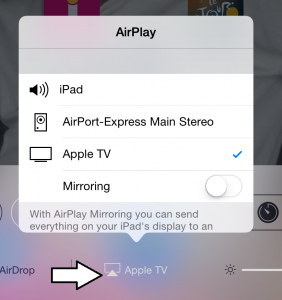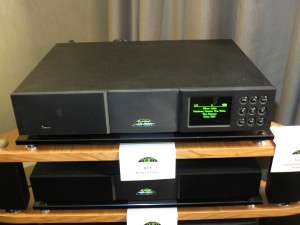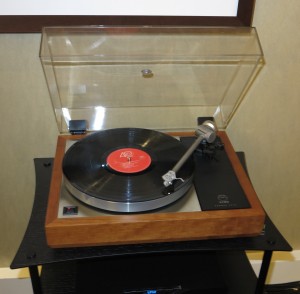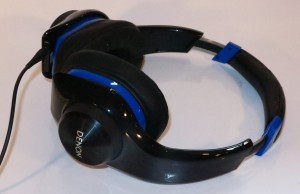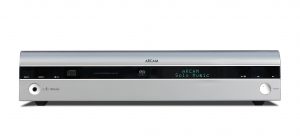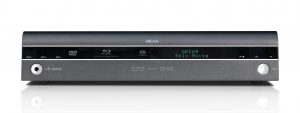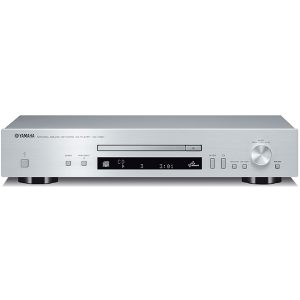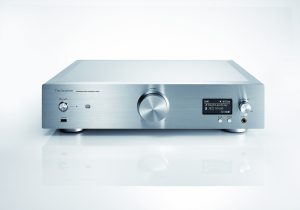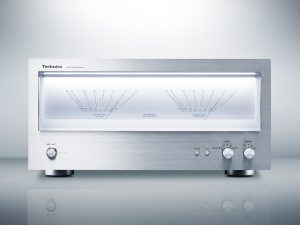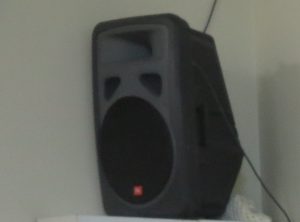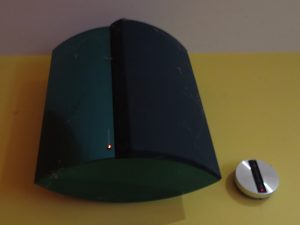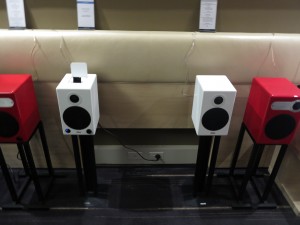Increasingly the Internet has been used as a “cyber-library” of information that is being used to create many interesting feature-length documentary films.
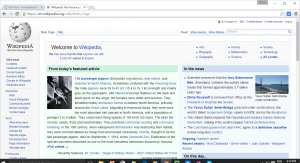
Wikipedia – could augment many of these documentaries
But most of these shows have been augmented by a micro-Website dedicated to the film, which may just contain some public-relations material like press releases. But some of these sites contain more detailed information on the topics covered in these films and/or provide a pathway to a “call-to-action” like engaging other entities that relate to the documentary’s subject. The classic example may be to have viewers contact a particular advocacy organisation for assistance if the subject relates to them personally; or to engage local, regional or national politicians to have the issue covered in the film raised by their government.
In some cases, the Website is the only resource used to keep the film’s viewers updated on the topic. This may be augmented with a site-based newsfeed or email list so viewers can keep “in the loop” with what is going on.
Similarly, there are other resources like the “reference sites” like IMDB, Wikipedia, Bible Gateway and the like which provide useful reference tools for viewers to use. Let’s not forget YouTube or Vimeo being used simply as a video repository for supporting video material.
But how can these resources be brought to the large screen?
The Blu-Ray Disc family of optical discs

Blu-Ray players can provide pathways to online content
The DVD had opened up some ways content can be taken further thanks to providing a standardised way to add interactive content like a graphical menu tree along with the ability to package supporting video and image content. There is even the ability to provide supplementary audio tracks that have extra narration that can be played alongside the main audio track.
But the Blu-Ray disc family has taken this concept further with a few features that earn their keep with the documentary film.
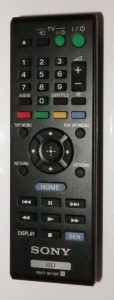
A remote control that comes with a Blu-Ray player – a pathway to interactivity
One of these is BD-J which is a variant of Java written for Blu-Ray applications and can be run an all Blu-Ray players currently in use. This can allow for interactive content that is more than just a fancy menu, a photo gallery or some extra video material. For example, the “coloured” function buttons on every Blu-Ray player’s remote control could be exploited to allow the viewer to pull up “explain more” screens or movies if they need to understand concepts. A skilful Java programmer who is good at creating full-screen graphics could even create an experience not dissimilar to a computer game to highlight various concepts in a graphically-rich manner.
Another feature available to the Blu-Ray format is BD-Live which connects the Blu-Ray player to online resources. Here, this could range from a Web-hosted resource list through “download-to-view” movies and trailers that take it further. A BD-J script could exploit the RSS Webfeed associated with Webpages or blogs relevant to the film or show up the Wikipedia page about the topics of relevance. These same scripts can even provide pathways to advocacy Websites in a localised form or even provide that link to an online petition.
HBBTV and similar “broadcast + broadband” technologies
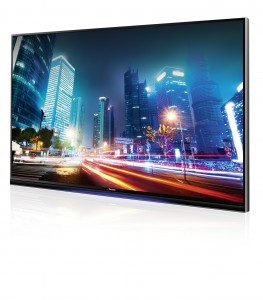
HBBTV-capable TVs can provide the same level of rich interactivity with broadcast content
Another path for a lot of these shows to be exhibited is through broadcast TV, often with public-service broadcasters being associated with showing documentary and other allied content to inform the populace.
But in Germany and a large part of Continental Europe, along with Australia, Hybrid Broadcast Broadband TV is in full flight. This works with TVs or set-top devices that are connected to the broadcast-TV infrastructure (aerial, cable-TV or satellite dish) along with a broadband Internet connection. This standards-based setup allows broadcasters to transmit information that leads to access to interactive-TV content via the Internet with a focus on “lean-back” presentation.
These systems could make it feasible that a user can have access to the online resources while the content is being broadcast. This could be facilitated by using the so-called “red button” concept being implemented with interactive TV where users can bring up this content by pressing a red button on the remote control. But there will be a requirement to provide access to a simplified user experience such as using the coloured function buttons for direct access to the “calls to action” for example.
File-based media distribution
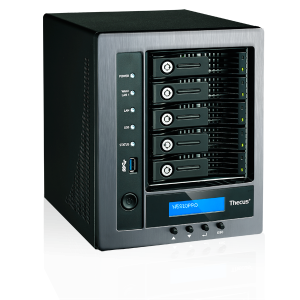
App-based NAS units that exploit RVU and HTML5 remote user interface can provide a high level of interactivity for these movies
If the content is to be delivered as file-based video, it may be about implementing an RVU-compliant media server and using a “file-of-files” like an ISO file or BitTorrent Bundle file to deliver video material along with a “lean-back-friendly” Web page that can be presented with this media server. An example of a server that could tick these boxes is the Plex advanced media server being made available to a few current-issue NAS units but this doesn’t implement RVU and HTML5 remote-user-interface technology nor does it allow for “file-of-files” delivery. Here, this issue will crop up if Vidity is being considered as a “sell-through” format for delivering file-based video content or if BitTorrent Bundles, part of the BitTorrent Now platform, are being valued as a way to deliver indie documentary content.
Where HTML5 is used skilfully, it could he feasible to create a highly-interactive media interface in the same guise as either a well-designed Website or Blu-Ray BD-J user interface. Again this leads to tapping in to external resources like the “reference hub” sites (Wikipedia, IMDB & co), the film’s Website or blog, “call-to-actions” and the like. There can also be the ability to use animations and other graphics to “tell more”, as well as ways to control playback of the film like “diving in” to particular portions or adding narration tracks.
What are the issues to be faced?
Handling the 10-foot lean-back user experience
The main problem with Webfeeds, Wikipedia and the like is that these resources are typically formatted in a “lean-forward” manner associated with working with a tablet, laptop or desktop computer. But these resources may not appeal to the 10-foot “lean-back” viewing experience associated with watching TV and video content on the household TV set.
The traditional “lean-forward” layout for computer use involves a “dark-on-light” colour scheme that doesn’t really work well for the large screen, the use of serif typefaces in the copy text that can be hard to read from a distance along with a navigation experience that is focused towards a touchscreen or a keyboard and mouse rather than a D-pad on a remote control.
It is compared to the “lean-back” experience where larger bright sans-serif text is set against a dark background and any highlighting is made more distinct. There is the expectation that the user interface has to be navigated with one hand using the D-pad on a remote control. The same experience can also be achieved if one used a projector to show a Website or similar interface to a group of people such as in a boardroom.
But most of these attributes are being shared by mobile-compatible user interfaces as viewed on a smartphone due to the requirement for reduced clutter and the ability to be operated by one hand.
The problem could be answered through the use of “application-specific” interfaces dedicated to presenting the interactive content in a 10-foot experience. Here, a resource like a blog or a Wikipedia article would need to be presented in a market-up text form. Then a BD-J interface for a BD-Live Blu-Ray Disc, or an HTML5 or RVU interface Website that accompanies a file-delivered film package would be used to “set” these external resources to a 10-foot user interface.
Similarly, the definition for “responsive” or “adaptive” Website design or user interfaces could encompass a variation for 10-foot lean-back applications. This is where a Website could be required to work on a regular computer’s screen, a smartphone, a tablet or a TV screen with the variation being described as “large-screen” or “lean-back”,
Conclusion
As independent and other filmmakers build out documentary content especially with the help of the Internet, it could become feasible to use the Internet and interactive-content technologies as a way to provide more detailed information with these shows that the viewer can summon. It can also allow the filmmakers to build up a call-to-action for their viewers while the film is fresh in their minds.

